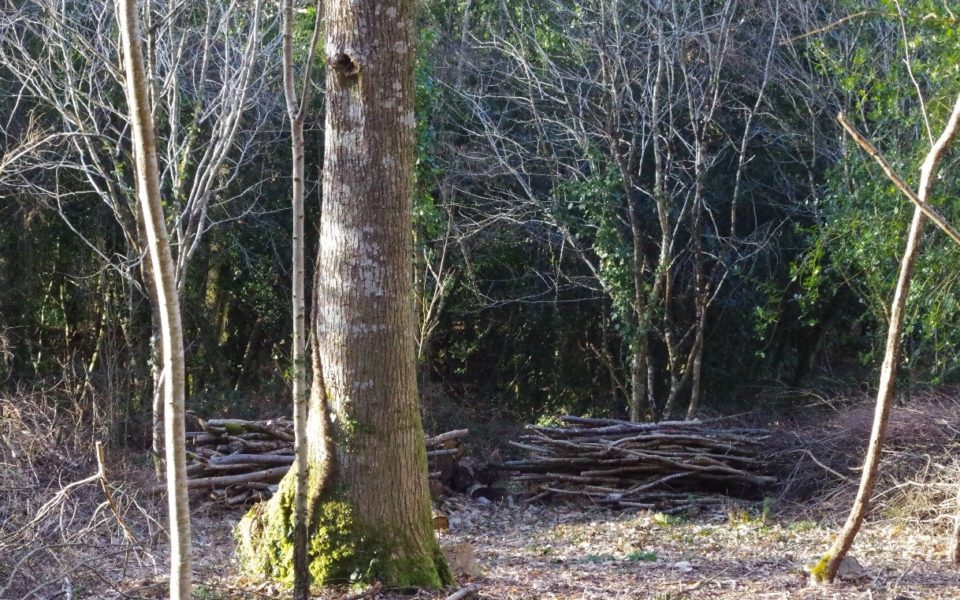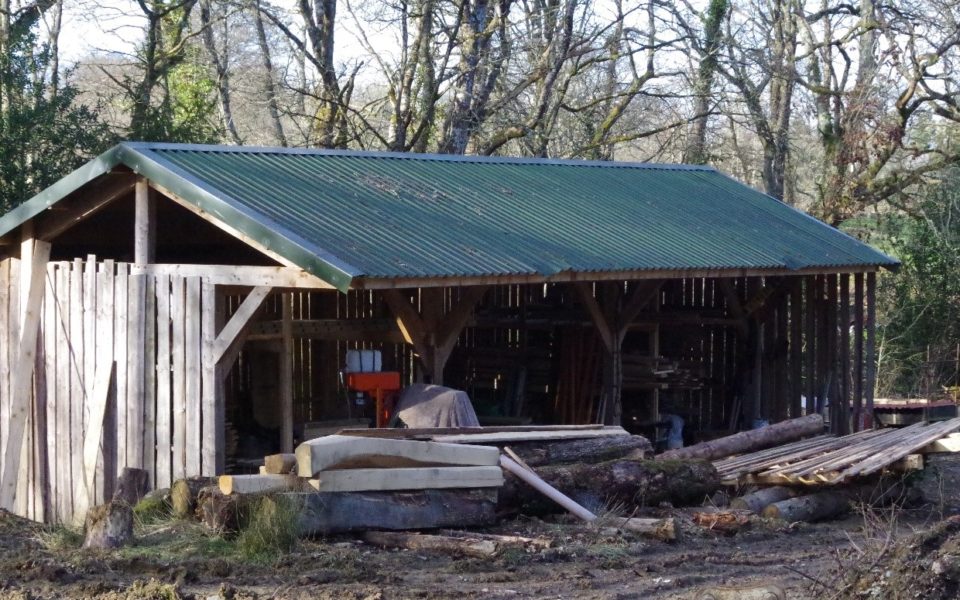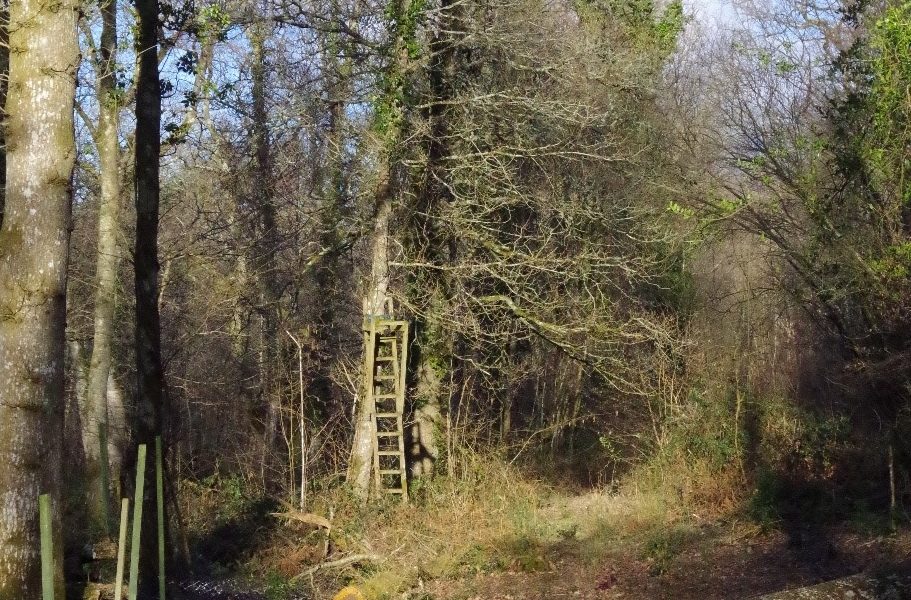Millmoor Wood: Ensuring a Future
This award winning woodland achieved a harmonious balance of species for the benefit of the whole woodland community including the fungi


The 17.4 ha Millmoor Wood has been a working woodland for at least 300 years. In April 2018, Jan Wyllie, the owner, leased full commercial exploitation rights to Millmoor Woodland Enterprises Ltd, a company owned by Millmoor’s woodhands (woodland workers), for a period of 50 years. The leasing agreement, while giving the Company the exclusive right to exploit the woodland commercially, also requires them to work with the woodland to achieve a harmonious balance of species for the benefit of the whole woodland community including the fungi.
Their work won joint silver in the RFS Excellence in Forestry Small and Farm Woodlands Award 2018.
Working with the wood
A previous owner had virtually clear-cut 3.6 hectares (9 acres) of oak / ash / hazel high forest and replanted it (using one of the first FC Grants) with oak, cherry, hornbeam, beech and hazel. He died soon after and little more work was done for around 30 years until the woodland was bought in 2003 by Jan Wyllie.
The first task was to establish an eight-year coppice rotation in that area protected by permanent deer fencing. These coupes also include chestnut, birch, hawthorn, holly, alder and elder, as well as ancient woodland indicators in the ground flora, such as dog’s mercury, bluebells, spurge and many others. Hornbeam and beech had suffered serious squirrel damage, but Jan Wyllie says, “We caught it just in time.” The initial work was completed with the help of Woodland Improvement Grants from the Forestry Commission, and the work of thinning and harvesting the oak and ash from the high forest is now ongoing. The oldest oak tree on the site is just 300 years old. Existing oak is being thinned to generate high quality timber, but Jan Wyllie intends the final crop to be the veteran trees of the future for the rich habitats they will then host.
Species Mix
The onset of Ash dieback (Chalara fraxinea) and the threats of climate change have triggered an ongoing rethink of the species mix. Current thinking in the woodland is to introduce what are now relatively under used, ancient native species, such as native small leaved Lime (pictured left), wild service and yew, which Millmoor Woodland Enterprise believes may therefore have fewer pathogens associated with them.
Acquiring capital assets
Grants from the RDPE and the EU helped purchase a Woodmizer sawmill and erect a drying shed. Jan Wyllie invested in a mini-digger which he calls a “crucial bit of kit” enabling ride maintenance, drainage ditch digging, moving large timber and a myriad of other uses. Unlike a tractor which creates ruts and mud, its treads leave virtually no trace on the woodland floor.
The woodland was donated a small tractor and big charcoal burner, although, so far, most of the charcoal has been produced using easily converted oil drums. In April 2018, Marcus Tribe, the most experienced of the woodhands, gave the woodland a bee hive which he made out of the hollowed-out butt from a Norway spruce which is strapped 20 foot up an oak tree. A swarm took up residence at the beginning of May.
Making money
The woodland and its wood hands generate multiple income streams
• Firewood – best seasoned hardwood
• Coppice products – thatching spars, liggers,bean poles, hurdles
• Charcoal – sustainable, local, better quality
• Sawmill – planks, beams, timber frames
• Green woodwork – “all things great and small”
• Woodland burials – reconnecting with the earth.
• Training – from bow making to woodland
Wild service timber — now very rare and expensive — is used in making musical instrument, and yew is for bow making. More traditional timber species, Douglas Fir, Western Red Cedar and Sweet Chestnut have also been planted
to add diversity and resilience. All policies are continually under review to reflect the changing environment. Work controlling the greatest threats to the woodland – deer, squirrels and holly – is constant.
More information
Millmoor Woodland Enterprise: millmoorwood@gmail.com


